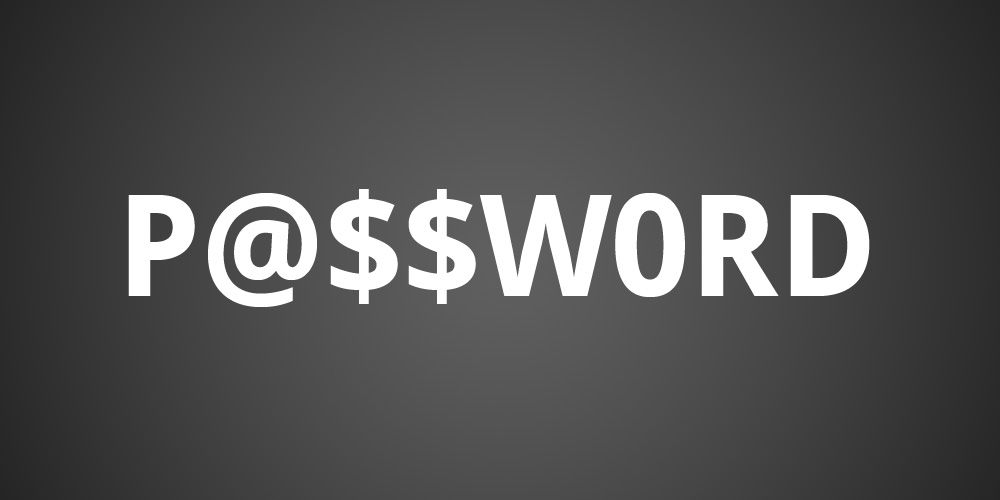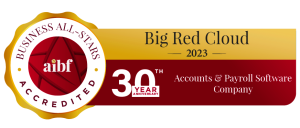In a world where we are creating more social media profiles and using more software applications than ever before, passwords are the keys to our lives. Creating a secure password (or passwords) when using software is now a bona fide skill of great importance as password cracking and scraping software are becoming more advanced. Just ask Ryanair, who recently found out just how important cyber security is.
Password cracking is the process of recovering passwords from data the has been stored in or transmitted by a computer system. There are different techniques used such as brute force attacks, where every possible key or password is tried until as password is discovered. Dictionary attacks and pattern checking can also be used to crack a password. An increasingly popular method used is password scraping.
Password scraping happens when screen scraping software extracts data from the display output of your computer. The software captures records of computer screen activity, such as key strokes, mouse clicks and mouse movements across the screen, allowing for passwords to be ‘scraped’.
Whether it’s for personal use, or for business software, taking the time to create a good password is worthwhile. If something is worth protecting, it’s worth protecting well, especially online.
So how do you create a strong password for the different software that you use? Let’s take a look.
1. The Longer, The Better
The longer your password is, the harder it will be to crack. Even if your password uses only letters, it can still be hard to crack if it is long enough. You should aim for passwords with at least 12 characters.
2. Mix It Up
Rather than using just words in your password you should use upper case and lower case as well as numbers and symbols in your passwords. Mixing up the characters in your password will make it much harder for any software to crack.
3. Order
The order in which you arrange the characters of your password also matters. Even if you use letters, numbers and symbols, arranging the different types of characters in this fashion, ‘BigBen123^‘ will be weaker than if you mix them up such as ‘Bi1^gB2e3n‘.
4. Change It
You should update your password at least semi regularly. Changing your password essentially resets your security. If there was any chance that your password could have been compromised, changing password will make that irrelevant and give you a clean slate.
5. Substitutes
There are some common substitutes used for letters in passwords such as using ‘3‘ for ‘e‘. Try and stay away from common substitutions like these as password cracking software is advanced enough to work around this tactic. If you are going to use substitute symbols or numbers for letters, use uncommon instances or unique substitutions to yourself.
6. Don’t Be Obvious
Finally, don’t use obvious phrases or your name as part of your password. If you are also using an email address to login, don’t use any part of that email address in your password. Using an obvious password just means that you are making it easier for someone to crack.
If you want to find out how secure you password really is, you can use the great resource over at howsecureismypassword.net. You’ll be able to see exactly how important it is to make your password as long as possible. If you are managing to create passwords that take years to break, you’re on the right path.
Remember, your passwords are the keys to your life, because we now use software for everything. Take the time to secure your accounts properly.




